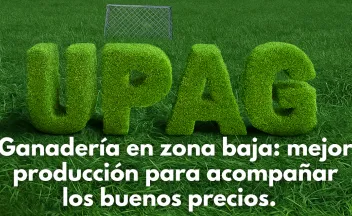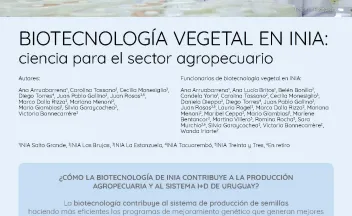Proyecto FPTA 350-CRILUMERINO$: "Implementación de alternativas tecnológicas que incrementen la competitividad de los sistemas de producción ovino-laneros de la
región de Basalto".

El proyecto CRILUMERINO$ se inició en el año 2017, con financiamiento del Fondo de Promoción de Tecnología Agropecuaria (FPTA) de INIA. El mismo fue ejecutado por


